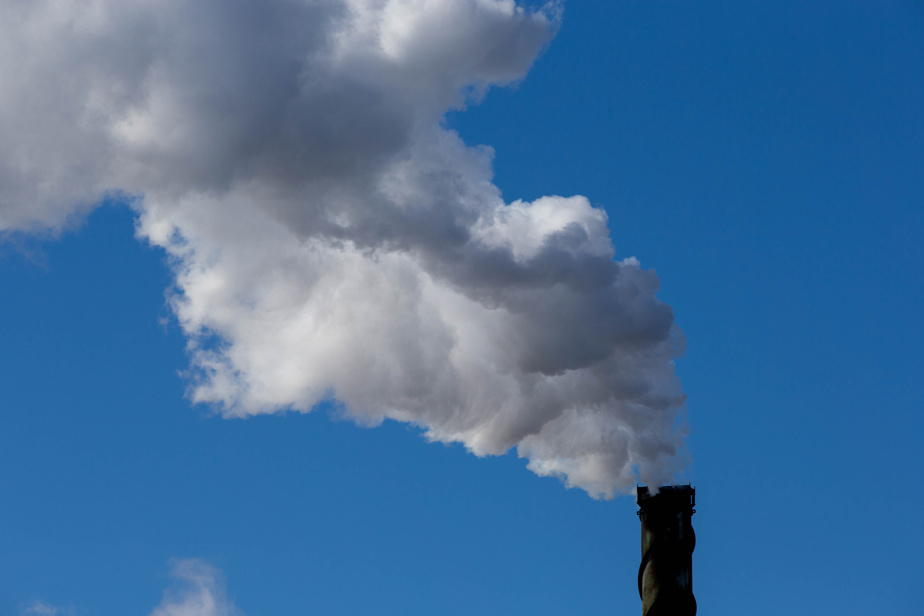Can Quebec both hope to achieve carbon neutrality in 2050 and achieve economic growth as good as that of Ontario? Only if the government reviews its strategy, respond the authors of a study published this Wednesday by the Institut du Québec.
“As Quebec’s economy already emits the same quantity of greenhouse gases (GHG) per dollar of GDP as Ontario, closing the wealth gap with its neighbor – without changing its ways – would generate an increase GHG emissions and would move it away from its carbon neutrality objective”, note the authors of a study just published by the Institut du Québec.
Conversely, achieving the province’s carbon neutrality objectives by 2050 “would impose a decline in its economy incompatible with the growth of its population and its needs.”
The authors of this study recall that Quebec has adopted two ambitious policies in recent years which, in certain respects, seem incompatible. The 2020 Green Economy Plan (PEV) aims for carbon neutrality by 2050 while the Quebec Economic Vision aims to eliminate the wealth gap with Ontario.
If the government wants to hope to get closer to the objectives formulated in these two policies, the authors believe that it should use carbon intensity as an indicator to simultaneously monitor its economic and environmental considerations.
Carbon intensity corresponds to the quantity of GHGs for each dollar produced. This data is currently “not measured, reported or even systematically monitored by the government”, we recall in the study.
To achieve both its wealth creation and decarbonization goals, the province would need to lower its carbon intensity by 42% by 2030, according to estimates put forward in the study. The challenge is considerable, the authors note, because if current trends continue, carbon intensity is expected to fall by only 16% by the end of the decade.
The Institut du Québec carried out an analysis of carbon intensity by sector in order to target performance by industry. We see that wholesale trade and manufacturing have experienced a decline deemed “satisfactory” in their carbon intensity, recording both economic growth and a reduction in their GHG emissions.
The reduction in carbon intensity has also proven insufficient for the industries of agriculture, construction, primary metal processing – including aluminum – as well as for truck transport. The growth in their economic activity has instead led to an increase in GHG emissions, indicate the authors.




